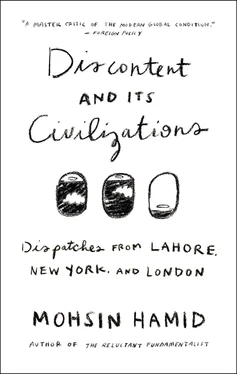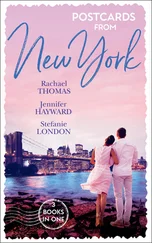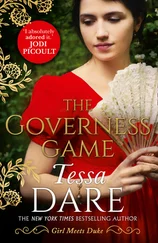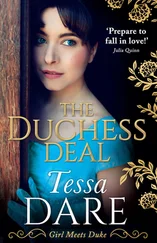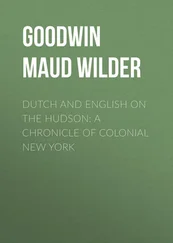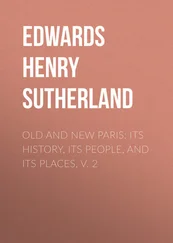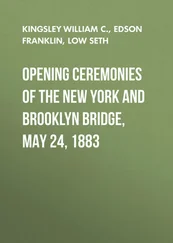In my final year, as I was starting my first novel, I read The Fall by Camus. It is written as a dramatic monologue, with the protagonist constantly addressing the reader as “you,” and it changed how I thought books could work. I was amazed by the potential of the “you,” of how much space it could open up in fiction.
The book I was writing then, back in 1993, became Moth Smoke , the tale of a pot-smoking ex-banker who falls disastrously in love with his best friend’s wife. You, the reader, are cast as his judge. The story has what might be called a realistic narrative — there is no magic, no aliens — but the frame of the trial that it uses isn’t realism. It is something else: make-believe, play, with “you” given an active role.
In my second novel, The Reluctant Fundamentalist , I wanted to explore this further, push the boundaries of what I knew how to do with “you.” Camus’s novel was a guide, but my project was my own: to try to show, after the terrorist attacks of 9/11, how feelings already present inside a reader — fear, anger, suspicion, loyalty — could color a narrative so that the reader, as much as or even more than the writer, is deciding what is really going on. I wanted the novel to be a kind of mirror, to let readers see how they are reading, and, therefore, how they are living and how they are deciding their politics.
By the time I started work on my third book, I’d come to believe that novels weren’t passive forms of entertainment. Novels were a way for readers to create, not just for writers to do so. Novels were different from, say, film and television, because readers got more of the source code — the abstract symbols we call letters and words — and assembled more of the story themselves. Novels didn’t come with sound tracks or casting directors.
I thought my next novel should try to be explicit about this, about the nature of the reader-writer relationship, the notion that “you” could simultaneously be audience and character and maker. My growing sense was that a kind of self-expression (and self-transcendence, and even self-help) is central to what fiction does, both for writers and for readers. And so How to Get Filthy Rich in Rising Asia was born, a novel that is a self-help book that is a second-person life story that is an invitation to create. Together.
We’re born with an in-built capacity for language. It is wired into our brains, just as an in-built capacity for breathing is wired into our lungs. We need language. We need language to tell stories. We need stories to create a self. We need a self because the complexity of the chemical processes that make up our individual humanities exceeds the processing power of our brains.
The self we create is a fiction. On this point, religion and cognitive neuroscience converge. When the machine of a human being is turned on, it seems to produce a protagonist, just as a television produces an image. I think this protagonist, this self, often recognizes that it is a fictional construct, but it also recognizes that thinking of itself as such might cause it to disintegrate.
Maybe, therefore, it prefers to encounter itself obliquely. Maybe our selves are more comfortable exploring their fictional natures in stories that are themselves avowedly fictional — in novels, for example. Maybe novels are where our selves get to put up their feet, take off their clothes and makeup and dentures, cut loose with an echoing fart, and be a little truer to what they are for a bit, before they are once more pressed into service, sealed in their uniforms, and dispatched to face a reality in which they can’t, for good reason, entirely believe.
(2013)
Are We Too Concerned That Characters Be “Likable”?
FOR MOST OF my life, I can’t remember having thought much about whether fictional characters were likable. But when I was visiting New York recently, my editor of fifteen years told me she liked to go to the website of a leading Internet retailer, as well as to the site of a formerly independent book community, since acquired by that retailer, and see what readers had to say about the books she published. One of the things readers discussed a great deal, she said, was whether characters were likable — nonlikability being, in the minds of many, a serious flaw.
How interesting, I thought then. How different from how I read. But I’ve been reconsidering the matter. And, on reflection, maybe I shouldn’t have been so surprised.
I’ll confess — I read fiction to fall in love. That’s what’s kept me hooked all these years. Often, that love was for a character: in a presexual-crush way for Fern in Charlotte’s Web ; in a best-buddies way for the heroes of Astérix & Obélix ; in a sighing, “I wish there were more of her in this book” way for Jessica in Dune or Arwen in The Lord of the Rings .
In fiction, as in my nonreading life, someone didn’t necessarily have to be likable to be lovable. Was Anna Karenina likable? Maybe not. Did part of me fall in love with her when I cracked open a secondhand hardcover of Tolstoy’s novel, purchased in a bookshop in Princeton, New Jersey, the day before I headed home to Pakistan for a hot, slow summer? Absolutely.
What about Humbert Humbert? A pedophile. A snob. A dangerous madman. The main character of Nabokov’s Lolita wasn’t very likable. But that voice. Ah. That voice had me at “fire of my loins.”
So I discovered I could fall in love with a voice. And I could fall in love with form, with the dramatic monologue of Camus’s The Fall , or, more recently, the first-person plural of Julie Otsuka’s The Buddha in the Attic , or the restless, centerless perspective of Jennifer Egan’s A Visit from the Goon Squad . And I’d always been able to fall in love with plot, with the story of a story.
Is all this the same as saying I fall in love with writers through their writing? I don’t think so, even though I do use the term that way. I’ll say I love Morrison, I love Oates. Both are former teachers of mine, so they’re writers I’ve met off the page. But still, what I mean is I love their writing. Or something about their writing.
Among the quotes I keep taped to the printer on my writing desk is this one, from Italo Calvino’s Invisible Cities :
The inferno of the living is not something that will be; if there is one, it is what is already here, the inferno where we live every day, that we form by being together. There are two ways to escape suffering it. The first is easy for many: accept the inferno and become such a part of it that you can no longer see it. The second is risky and demands constant vigilance and apprehension: seek and learn to recognize who and what, in the midst of the inferno, are not inferno, then make them endure, give them space.
I wonder if reading, for me, is an attempt to recognize who and what are not inferno, and if the love I sometimes feel is the glimmer of this recognition.
I wonder if that is the case for many of us. Perhaps, in the widespread longing for likable characters, there is this: a desire, through fiction, for contact with what we’ve armored ourselves against in the rest of our lives, a desire to be reminded that it’s possible to open our eyes, to see, to recognize our solitude — and at the same time to not be entirely alone.
(2013)
Where Is the Great American Novel by a Woman?
WHERE IS THE Great American Novel by a woman? Well, have a look at your bookshelf.
What else are those mind-blowing late-twentieth-century works by such American women as, among others, Kingston and Kingsolver, Morrison and Robinson, L’Engle and Le Guin, if not great novels? And in our own still-young twenty-first century, much of the most interesting American writing I, at least, happen to read seems to be coming from women, including Jennifer Egan, Julie Otsuka, A.M. Homes, and Karen Russell. (Nor is this a United States — specific phenomenon: over in Britain, where I served as a judge for this year’s BBC National Short Story Award, we found ourselves announcing an all-women shortlist.)
Читать дальше
